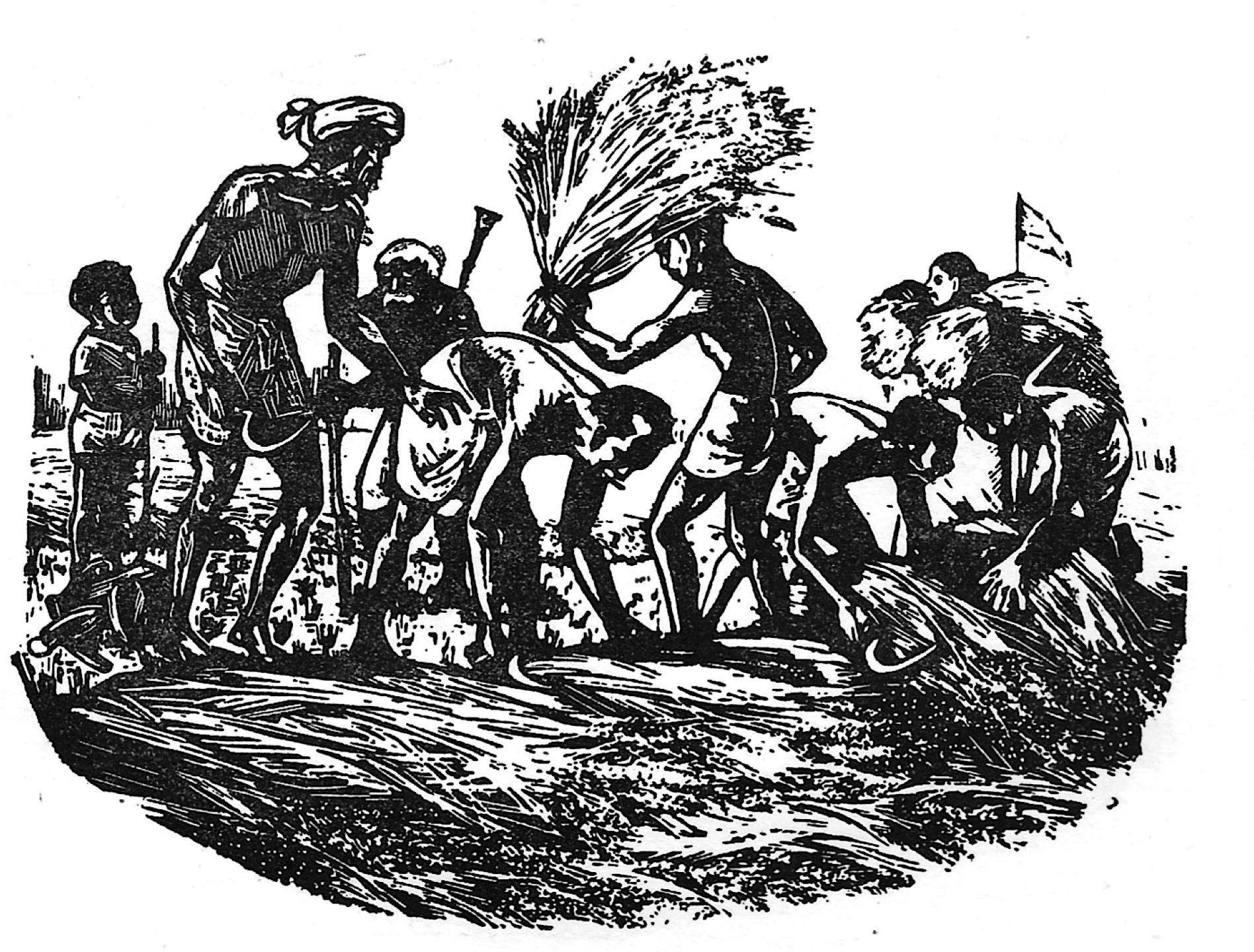Sumantra Sengupta – A Journey Away From Humanism
Indira Lakshmi Prasad
Having recently exhibited work in New Delhi at Art Konsult, as part of the exhibition ‘Contrabanned’ Sumantra Sengupta’s latest series of works titled ‘Hahakar’ explores the loaded issue of India’s involvement in the First World War. For Sumantra Sengupta, the fascination with WWI began with a request for him to provide sketches for a conference Shiv Nadar University, (where Mr. Sengupta is a lecturer). The decision to participate in the conference was first taken casually, however after he began delving deeper into the expansive and deep history of India’s involvement in the Great War, his emotional involvement in the topic grew along with his desire to express this through his art practice.
The artist explains it as ‘though a bomb had dropped in his mind’ as he began to discover the gravity of this piece of Indian colonial history, as well as the obvious question of why the people of India, most of whom were farmer, participate in Europe’s war. This is a question which has been both answered and evaded throughout the course of time; some say that the British told Indian leaders that participation in the war would lead to a faster route to Indian independence, which of course did not happen. Some theorize that Gandhi agreed with India’s participation in the war, because it was ‘not good humanism’ to refuse to help the British, even though they were perceived as enemies by many in India at the time.
The reality of the situation was that the Indian soldiers who participated in WWI were largely from the farming communities, and had little or no training before being shipped off to the Northern European trenches, for which they would receive a mere 28 rupees per month. Naturally they did not manage well due to the climate, terrain and lack of training. The economic situation in India at the time of WWI was also a huge point of influence for Sumantra Sengupta’s work. In 1914, cloth was one of India’s main exports and the area of Bangladesh, now called Dhaka, was the home of much of the weaving industry, in particular the production and export of Muslin cloth. However over time much of the trade was relocated to Manchester in England which left many Indians who were previously heading the trade at a severe disadvantage, some accounts mention the amputation of Indian weavers thumbs to ensure that they could not continue weaving.
Naturally upon learning this, the artist experienced feelings of anger at the various levels of social injustice which existed at this period in history, with Indian civilians being subjected to a disproportionate level of suffering, both economically and personally. The artist describes this as a ‘psychological break in the mind’.
Sumantra Sengupta claims to have had a profound a deep psychological experience upon having learned of the devastation during this time. Studying resources such as books and online information allowed him to internally experience the devastation, pain and agony of war time.
Post-Humanism is a concept which encompasses the idea of new technology, artificial intelligence and science fiction. In fact; science fiction and scientific progression are more closely linked than people perceive them to be. Without the presence of the creative imagination there would be no scientific discovery, we have seen art, design and science go hand in hand throughout the ages.



